Chanel’s Grasse fields offer a glimpse behind the perfume-making scenes
With the beginning of the May harvest, Chanel’s Grasse fields in southern France reveal the secret of the house’s perfumes
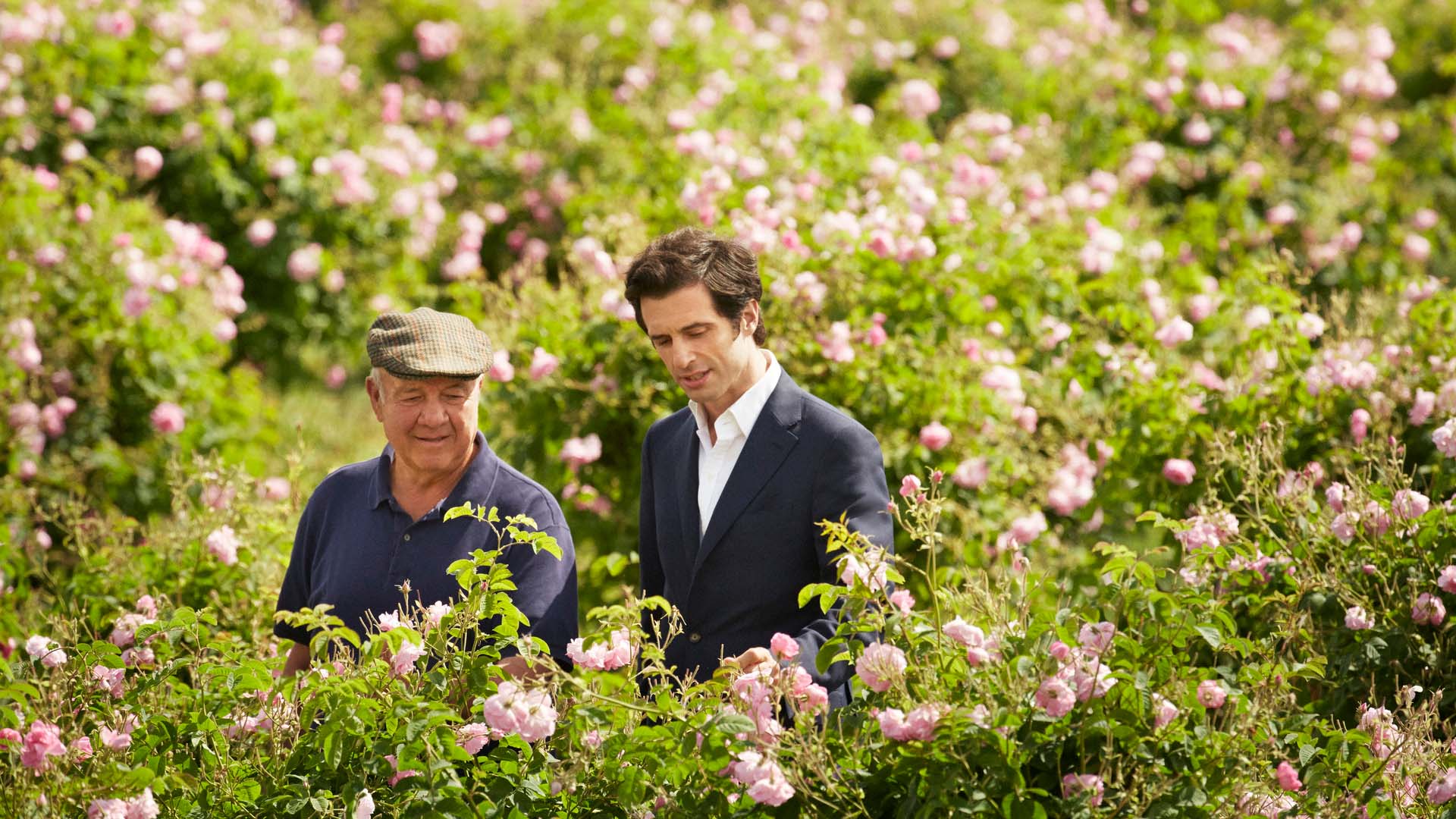
From Chanel No5 to Gabrielle Chanel to No19, Chanel perfumes are some of the most widely known on the planet. But what makes them special?
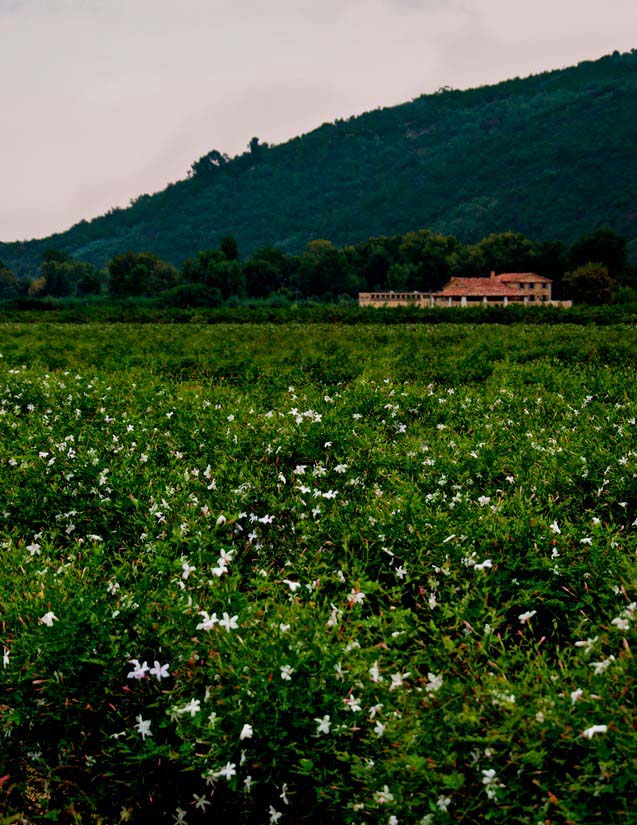
One essential, and little-known aspect, is the way they are made. Since 1987, the brand has worked with the largest flower producer in Grasse, the Mul family, to control every aspect of its fragrance production, ensuring that quality is never compromised in the creation of Chanel perfumes.
The history of perfumery in Grasse goes back to the 17th century, when it became popular to use the fragrant ingredients that thrived in the region’s rich soil for perfuming the leather gloves, boots and coachwork commonly produced in the area.
Gradually, fields of rose, mimosa, tuberose, orange blossom, lavender and violet spread throughout the Côte d'Azur. By 1921, when perfumer Ernest Beaux was designing No 5, it seemed only natural that the perfume’s main ingredient – jasmine – was sourced from the region.
Chanel’s fields in Grasse
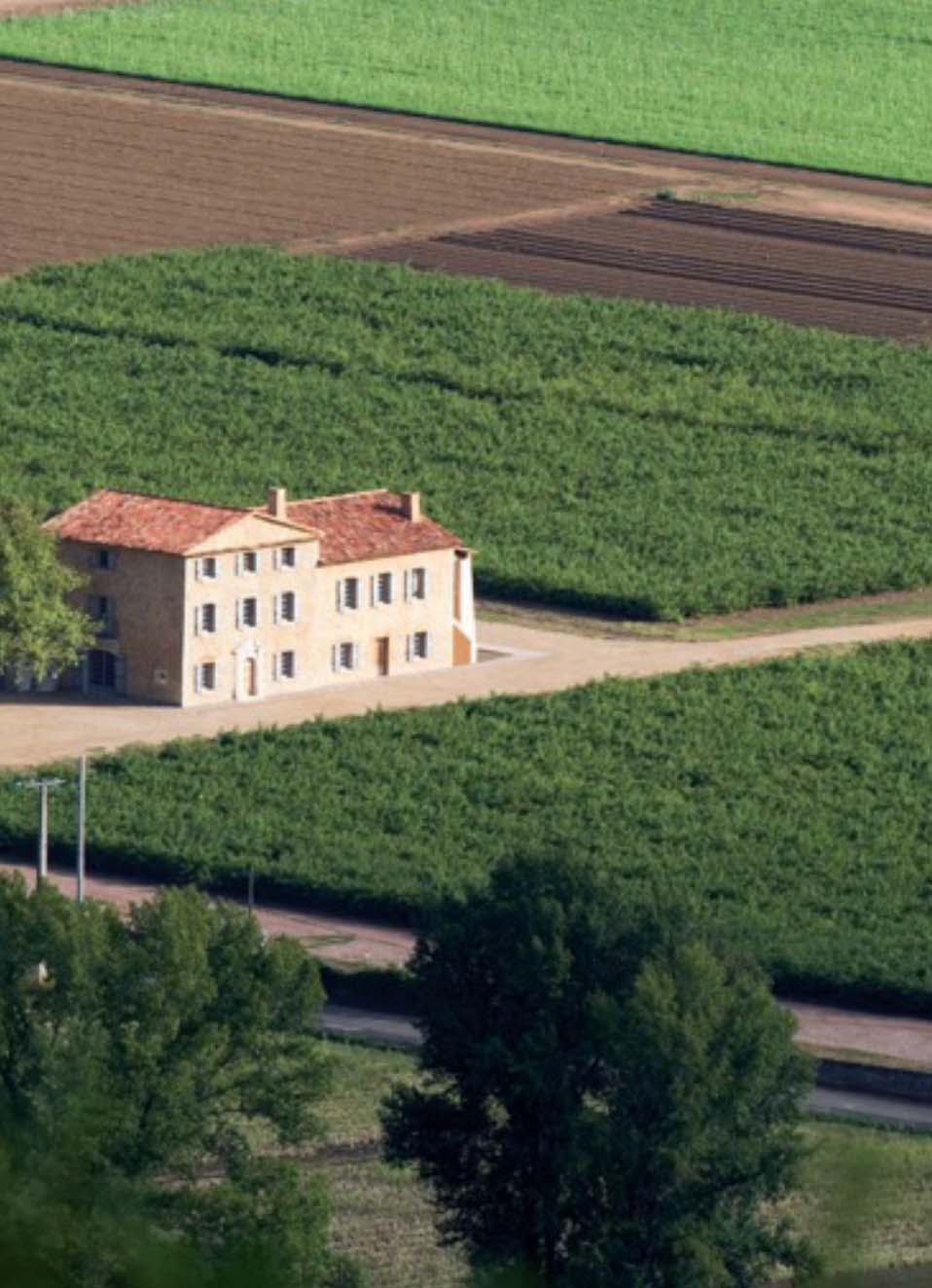
Over the course of the 20th century, however, developers have put the future of Grasse flowers, particularly jasmine, at risk by buying up land and pushing out farmers who have been there for generations. In an effort to combat the destruction of these fields, Chanel purchased 20 hectares farmed by Joseph Mul, whose family has worked the land since 1840.
The ongoing partnership between Chanel and the Mul family means that the traditions of the region are safeguarded, and it also gives Chanel complete command over its fragrance formulations. Says in-house perfumer Oliver Poldge: ‘We are the guardians of Chanel formulas and we must make every effort to maintain absolute control over our ingredients.’
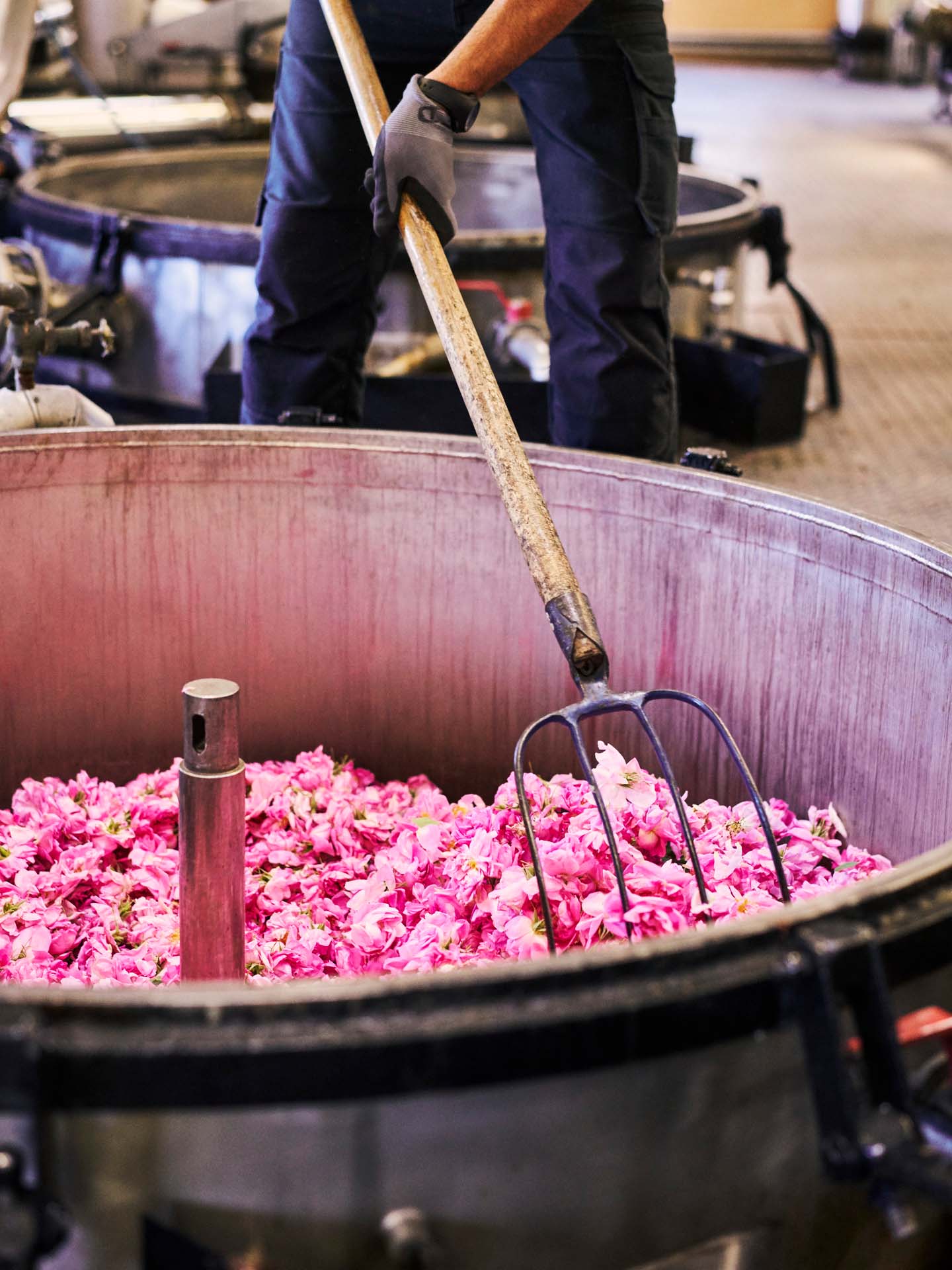
Spring is especially busy in the Chanel fields, when for three weeks only, the precious May rose is ready to harvest (fans of rose perfumes, take note). Early every morning a team of farmers go out and fill their burlap bags with the newly harvested flowers.
The flowers are then rushed to the extraction plant to be weighed before they wilt in the heat. Once weighed, they are immersed in three consecutive baths of intense solvent and distilled down to their absolute, the final concentrate used to create the fragrances that you purchase at the store.
Receive our daily digest of inspiration, escapism and design stories from around the world direct to your inbox.
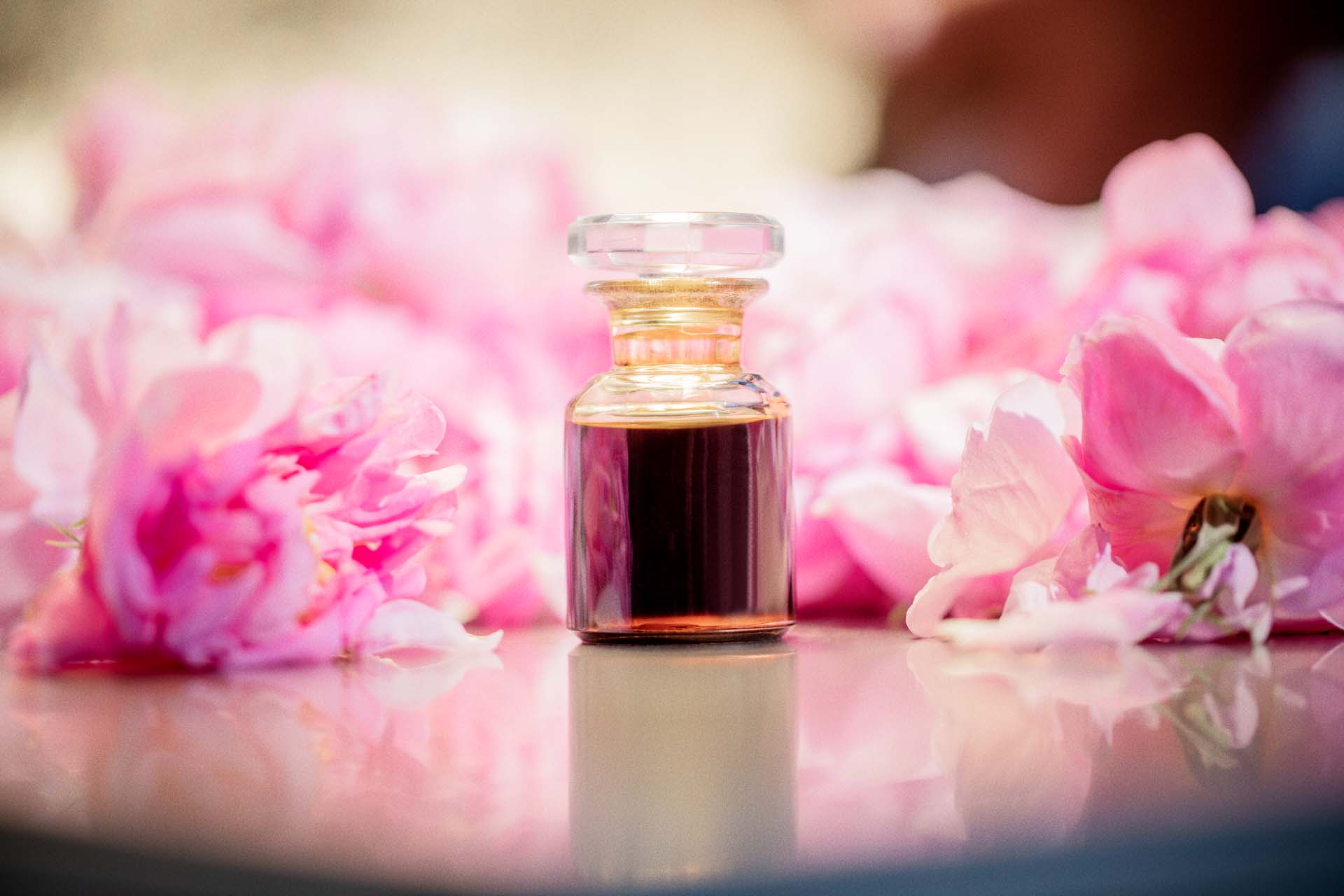
It is an intensive and laborious process, one that, when you know about it, makes you more appreciative than ever to be wearing a Chanel perfume.
Mary Cleary is a writer based in London and New York. Previously beauty & grooming editor at Wallpaper*, she is now a contributing editor, alongside writing for various publications on all aspects of culture.
-
 New tech dedicated to home health, personal wellness and mapping your metrics
New tech dedicated to home health, personal wellness and mapping your metricsWe round up the latest offerings in the smart health scene, from trackers for every conceivable metric from sugar to sleep, through to therapeutic furniture and ultra intelligent toothbrushes
-
 Out of office: The Wallpaper* editors’ picks of the week
Out of office: The Wallpaper* editors’ picks of the week'Tis the season for eating and drinking, and the Wallpaper* team embraced it wholeheartedly this week. Elsewhere: the best spot in Milan for clothing repairs and outdoor swimming in December
-
 How Stephen Burks Man Made is bringing the story of a centuries-old African textile to an entirely new audience
How Stephen Burks Man Made is bringing the story of a centuries-old African textile to an entirely new audienceAfter researching the time-honoured craft of Kuba cloth, designers Stephen Burks and Malika Leiper have teamed up with Italian company Alpi on a dynamic new product
-
 Margot Robbie, Marina Abramović and a 15-step Korean scalp treatment: the most-read Wallpaper* beauty stories of 2024
Margot Robbie, Marina Abramović and a 15-step Korean scalp treatment: the most-read Wallpaper* beauty stories of 2024The news of Margot Robbie becoming the face of Chanel No.5 and an illustrated guide to a 15-step Korean scalp treatment are just two of the most-read Wallpaper* beauty stories from the year gone by
-
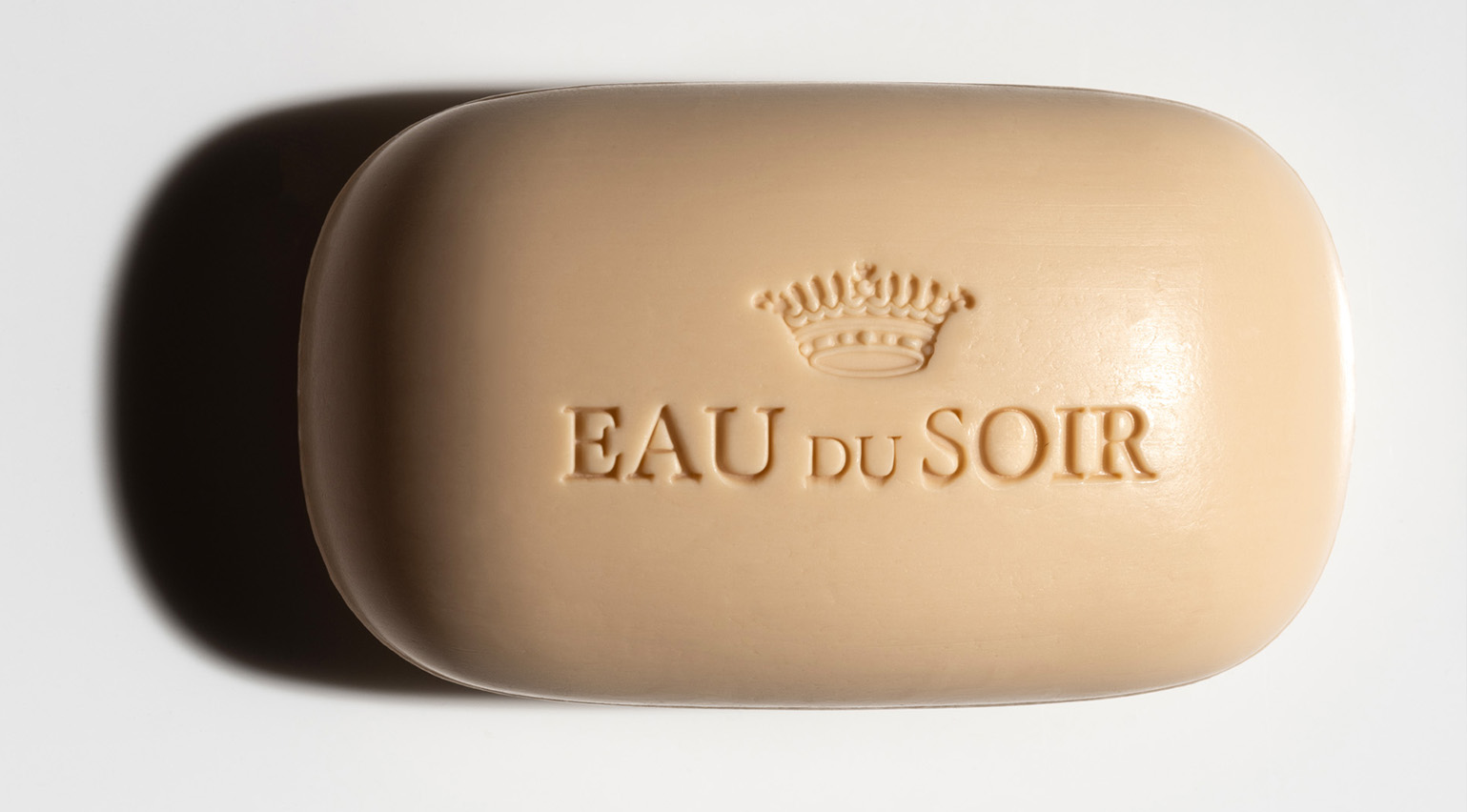 Unboxing beauty products from 2024, as seen on the pages of Wallpaper*
Unboxing beauty products from 2024, as seen on the pages of Wallpaper*Wallpaper's 2024 beauty picks included Chanel lipstick, Bottega Veneta perfume and solid soap from the likes of Aesop, Celine, Diptyque, Hermès and Sisley
-
 How 2024 brought beauty and fashion closer than ever before
How 2024 brought beauty and fashion closer than ever before2024 was a year when beauty and fashion got closer than ever before, with runway moments, collaborations and key launches setting the scene for 2025 and beyond
-
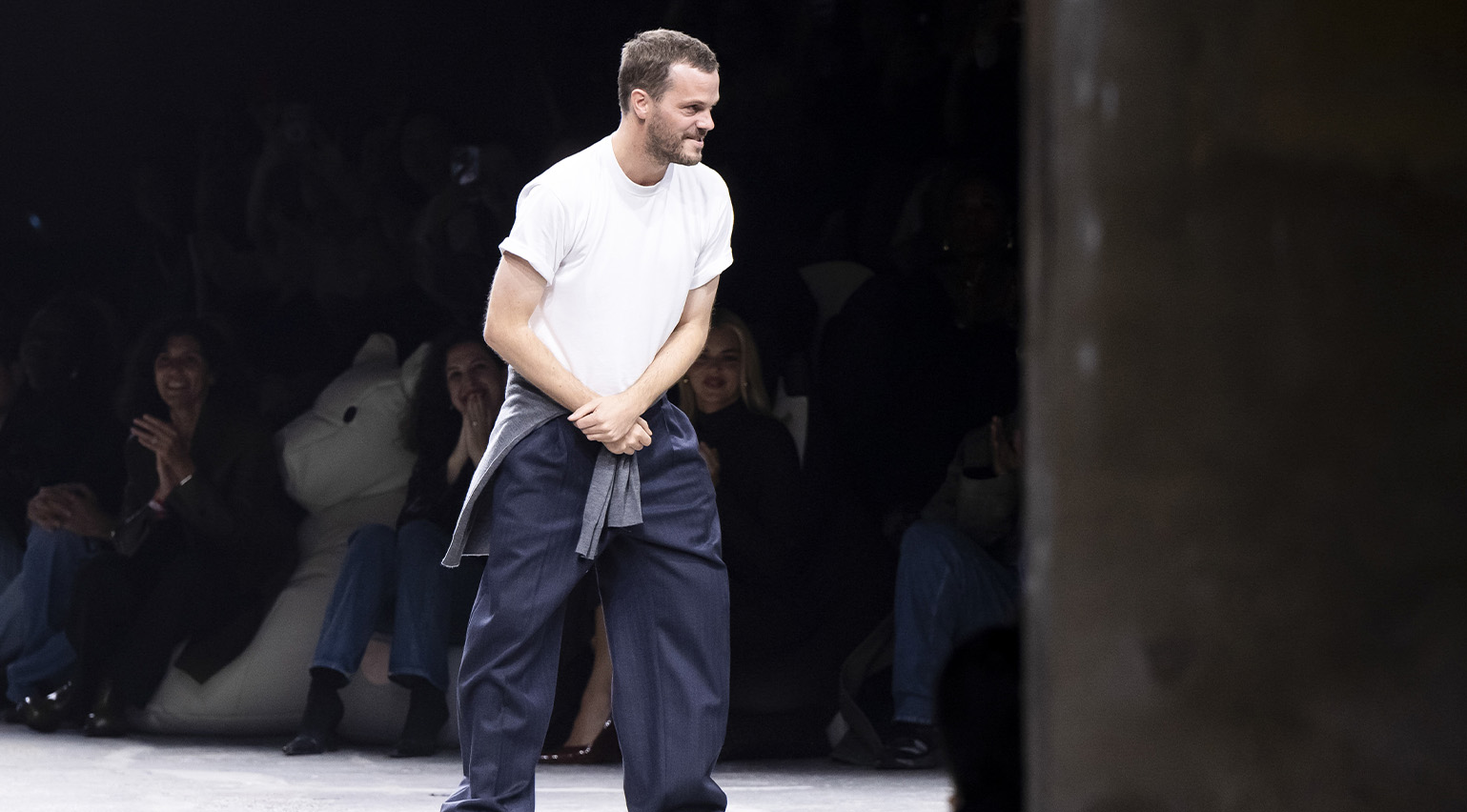 The wait is over: Matthieu Blazy is Chanel’s new creative director
The wait is over: Matthieu Blazy is Chanel’s new creative directorMatthieu Blazy has been appointed as the new artistic director at Chanel, after a critically lauded and commercially successful tenure as creative director of Bottega Veneta
-
 Chanel heads to Hangzhou, China for a poetic Métiers d’Art 2025 show
Chanel heads to Hangzhou, China for a poetic Métiers d’Art 2025 showThis evening in China (3 December 2024), Chanel travelled to Hangzhou’s much-mythologised West Lake, a Unesco World Heritage site, for a show that highlighted the extraordinary craft of the house’s artisans
-
 Margot Robbie and Jacob Elordi almost become lovers in Luca Guadagnino’s Chanel No.5 campaign: watch the film
Margot Robbie and Jacob Elordi almost become lovers in Luca Guadagnino’s Chanel No.5 campaign: watch the filmMargot Robbie and Jacob Elordi front the new Chanel No.5 campaign in a film directed by Luca Guadagnino and soundtracked by Daft Punk
-
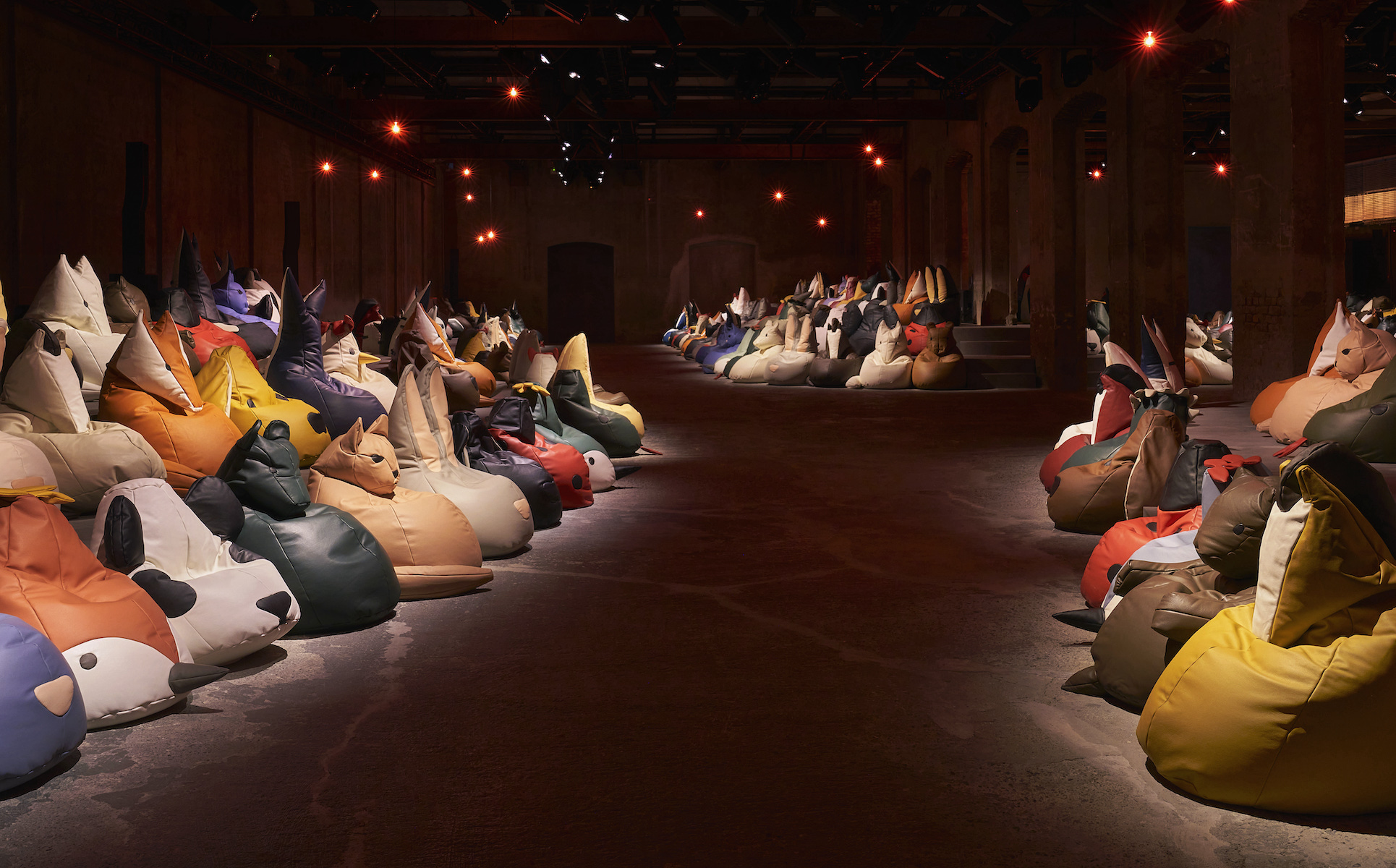 The breathtaking runway sets of S/S 2025, from beanbag animals to a twisted living room
The breathtaking runway sets of S/S 2025, from beanbag animals to a twisted living roomWallpaper* picks the best runway sets and show spaces of fashion month, which featured Bottega Veneta’s beanbag menagerie, opulence at Saint Laurent, and artist collaborations at Acne Studios and Burberry
-
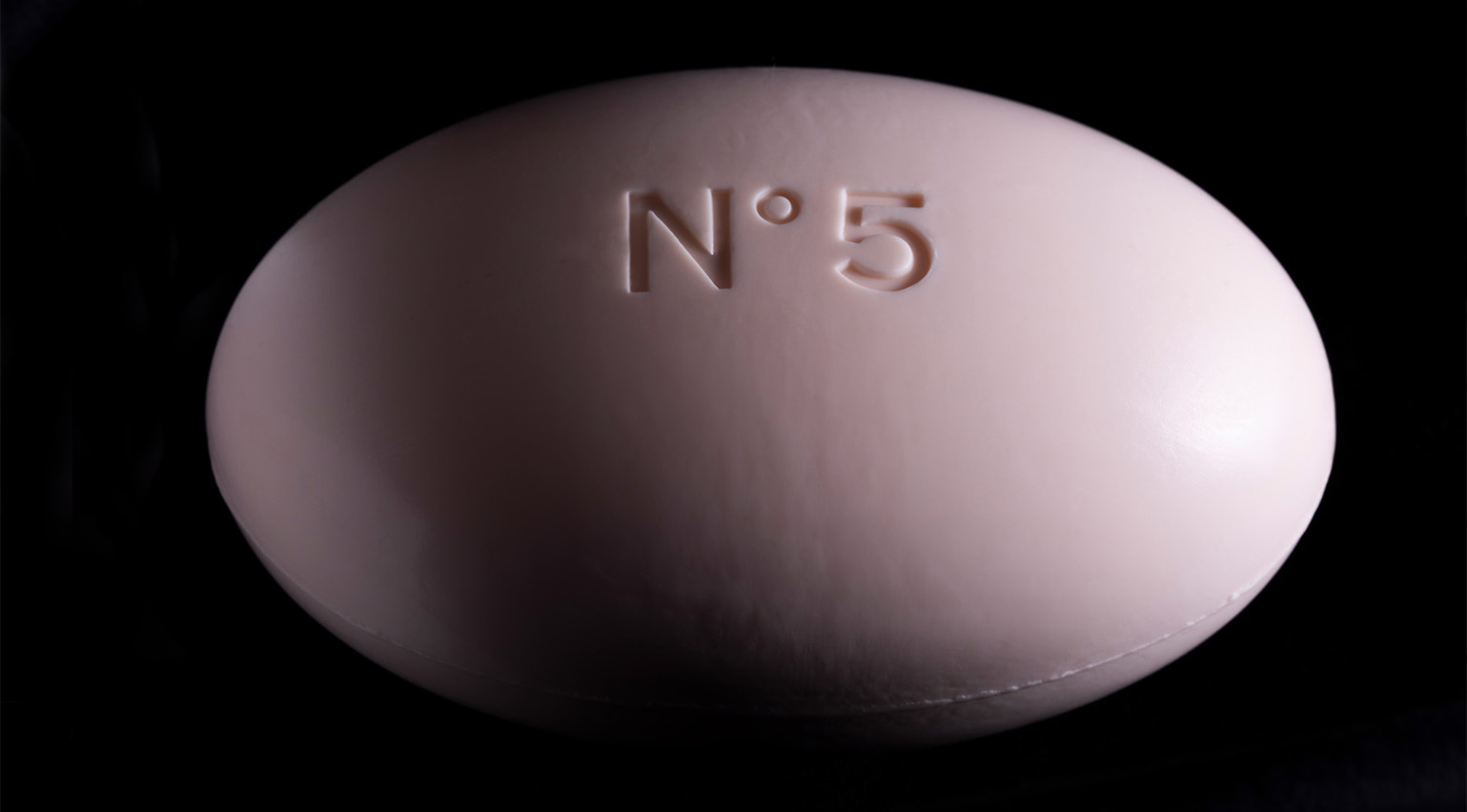 Why solid soap is the most pleasurable object to bathe with
Why solid soap is the most pleasurable object to bathe withSolid soap provides a tactile bathing experience like no other. Hannah Tindle explores why in the September 2024 Style Issue of Wallpaper*, with soaps by Chanel, Celine, Diptyque, and more, photographed by Sophie Gladstone